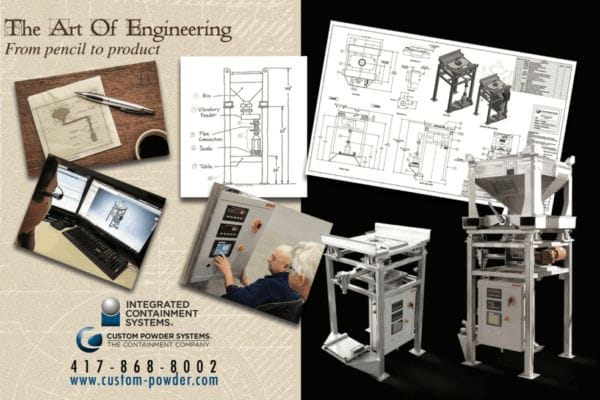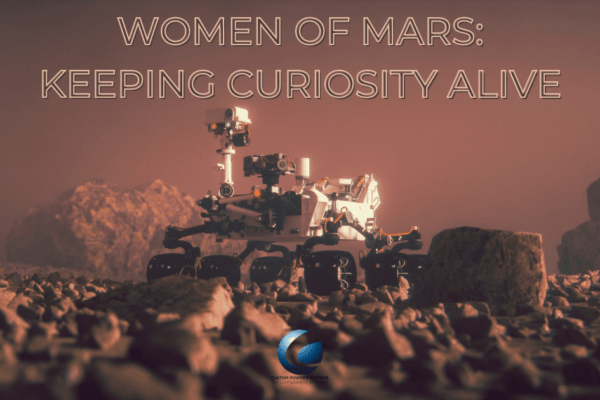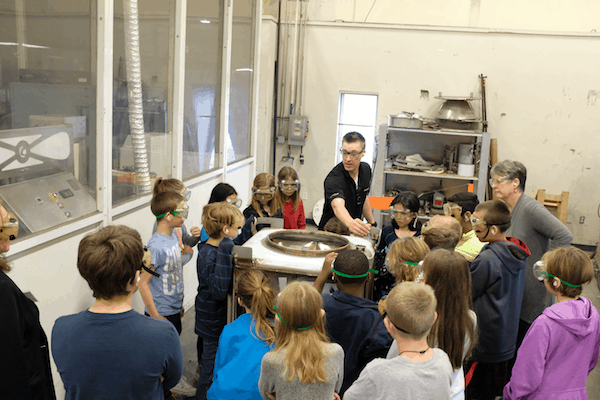At Custom Powder, we spend an inordinate amount of time applying art to science. As a result, we’ve taken a special interest in the current (and often heated) debate to introduce art into the concerted efforts for more primary and secondary education in STEM (science, technology, engineering, and math).
Should STEM evolve into STEAM in our schools? It’s an argument worth considering.
A Quick History of STEM
The push for STEM education came from a valid concern: As technology continued to change our economy, employees lacked the skills to compete. In the United States, the 1950s brought the initial push from President Dwight D. Eisenhower. This focus carried into the 1960s with President John F. Kennedy and the space program.
The 1970s brought national science programs, which helped to push technology forward into the 1980s. The first cell phone, the space shuttle, and even artificial hearts were all born in the 1980s, and the home computer entered the market as well.
School curriculums changed in the late 1990s, helping teachers to drive the push toward STEM. However, it wasn’t until 2001 that the STEM acronym first came into use.
In more recent years, there has been a significant push for equality in STEM fields. Programs, scholarships, and even legislation have come to pass to help bring more women and minorities into the fold.
Science Meets Art
When we think of the word art, most of us imagine painting, sculpting, poetry, or music. But the challenge of the STEM vs STEAM argument is to understand that “the arts” is a broad field.
One could argue that language arts, liberal arts, and even social studies have roles to play in the development of STEM fields. The argument isn’t that we should spend less time on STEM projects, but rather that we should approach them from the creative perspective that the arts can provide.

Two Sides to the Story
Albert Einstein said that “the greatest scientists are artists as well.” It’s hard to argue that Einstein knew a thing or two about science. So if he believed that art and science should marry, why has it taken so long for the rest of us to start the discussion?
The argument against combining the arts with STEM lies primarily in maintaining focus. If an engineer is paying attention to language or civics, are they maintaining the focus needed to do their best engineering work?
Another argument is that there isn’t a curriculum in place for STEAM. Nobody really knows what it would look like. But there was a point when we didn’t know what a STEM education would look like either…
The end result is that there is not yet an end result. STEM is critical, both to the continued success of our country and to the individuals within it. But maybe – just maybe – it’s time to expand our definition.
How do you feel about the subject?







